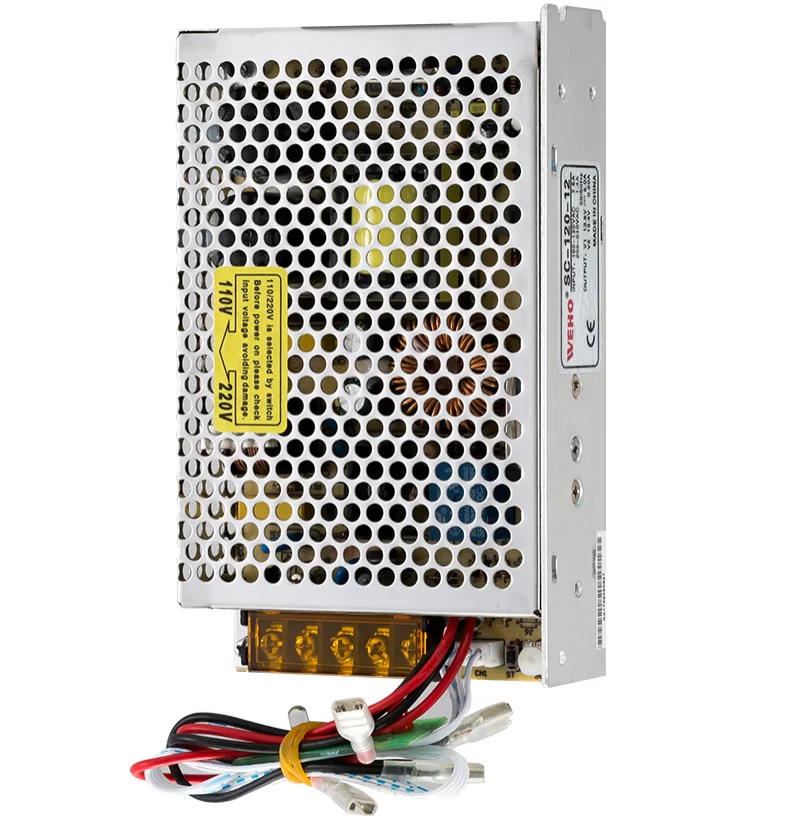At a fundamental level, a UPS system is a specialized switching power supply with the added capability of seamlessly transitioning to battery power when the primary AC input fails. The core of a UPS involves several stages of power conversion, often employing various switching topologies to achieve high efficiency and reliability.

Key Switching Components and Topologies in a UPSFor those of us fascinated by the intricacies of switching power supplies – their efficiency, compact design, and versatile applications – Uninterruptible Power Supplies (UPS) represent a compelling extension of these principles. While often viewed simply as backup power sources, UPS systems are, at their core, sophisticated switching power supply architectures designed for a critical mission: ensuring continuous power delivery in the face of mains power interruptions. Let’s delve into the world of UPS technology from a Switching Mode Power Supply enthusiast’s perspective.
UPS as Specialized Switching Power Supplies
Understanding a UPS requires recognizing the switching power supply elements at play:
AC-DC Rectifier/Charger: This stage, typically a switch-mode rectifier (e.g., using a boost PFC topology), converts the incoming AC voltage to a regulated DC voltage. This DC voltage serves two purposes: powering the DC-AC inverter and charging the battery bank. Switching techniques here are crucial for achieving high power factor and minimizing harmonic distortion.
DC-DC Converter (in some designs): Some UPS systems, particularly online double-conversion types, employ a DC-DC converter stage to further regulate the DC voltage before it reaches the inverter. This can be a buck, boost, or buck-boost converter, selected based on voltage matching and isolation requirements.
DC-AC Inverter: This is the heart of the UPS, responsible for generating a clean AC output from the DC source (either rectified mains or battery). Inverters commonly employ pulse-width modulation (PWM) techniques, often using H-bridge or other push-pull topologies, with MOSFETs or IGBTs as the switching elements. The control circuitry ensures a stable, sinusoidal output waveform with low harmonic distortion.
Static Bypass Switch: While not a switching power supply component per se, the static bypass switch uses solid-state switches (like thyristors or high-power MOSFETs) to quickly transfer the load to the mains in case of UPS overload or failure. The switching speed here is critical for maintaining uninterrupted power delivery.
UPS Topologies and Their Switching Characteristics
Different UPS topologies offer varying levels of power protection and employ different switching strategies:
Offline/Standby UPS: This is the simplest topology, where the load is normall
y powered directly from the mains. The switching power supply (inverter) is inactive until a power failure is detected. A fast transfer switch then connects the load to the inverter output. The switching action is the key element here, ensuring a rapid transition to battery power.
Line-Interactive UPS: This topology adds a voltage regulator (often an automatic voltage regulator – AVR) which uses switching components like triacs or relays to adjust the output voltage during minor fluctuations, extending the battery life and reducing the number of switching events.
Online/Double-Conversion UPS: This is the most sophisticated topology. The AC input is continuously converted to DC by a rectifier (often an active PFC switching rectifier), and then back to AC by the inverter. This provides the cleanest and most stable power output since the load is always powered by the inverter. The switching elements in both the rectifier and inverter stages operate continuously, offering the highest level of power conditioning.
Switching Control and Efficiency in UPS Systems
Control circuits in UPS systems are crucial for regulating output voltage, managing battery charging, and ensuring seamless switching between power sources. Microcontrollers and DSPs are commonly used, implementing advanced control algorithms like hysteresis control, predictive control, and adaptive control to optimize efficiency and performance. High-frequency switching, soft-switching techniques, and the use of wide-bandgap semiconductors (like SiC and GaN) are becoming increasingly prevalent in modern UPS designs to achieve higher efficiency, smaller size, and improved power density.
Beyond Basic Backup: Advanced UPS Features
Modern UPS systems often incorporate advanced features that showcase sophisticated switching power supply design:
Active Power Factor Correction (PFC): Switching rectifiers with active PFC ensure a high power factor and low harmonic distortion, making the UPS a more efficient and grid-friendly load.
High-Frequency Switching: Operating at higher switching frequencies allows for smaller and lighter magnetic components, contributing to the compact size and increased power density of modern UPS units.
Parallel and Redundant Operation: Multiple UPS units can be operated in parallel to increase power capacity or provide redundancy, often employing sophisticated switching control schemes for load sharing and fault tolerance.

Conclusion: The Switching Power Supply at the Heart of Reliability
For those of us with an appreciation for the ingenuity of switching power supplies, UPS systems offer a fascinating example of how these technologies can be applied to solve real-world challenges. From the efficient power conversion stages to the sophisticated control circuitry, UPS systems exemplify the power and versatility of switching power supply design in ensuring critical power reliability. As demands for power quality and availability continue to grow, the evolution of UPS technology will undoubtedly be driven by further innovations in switching power conversion techniques.








